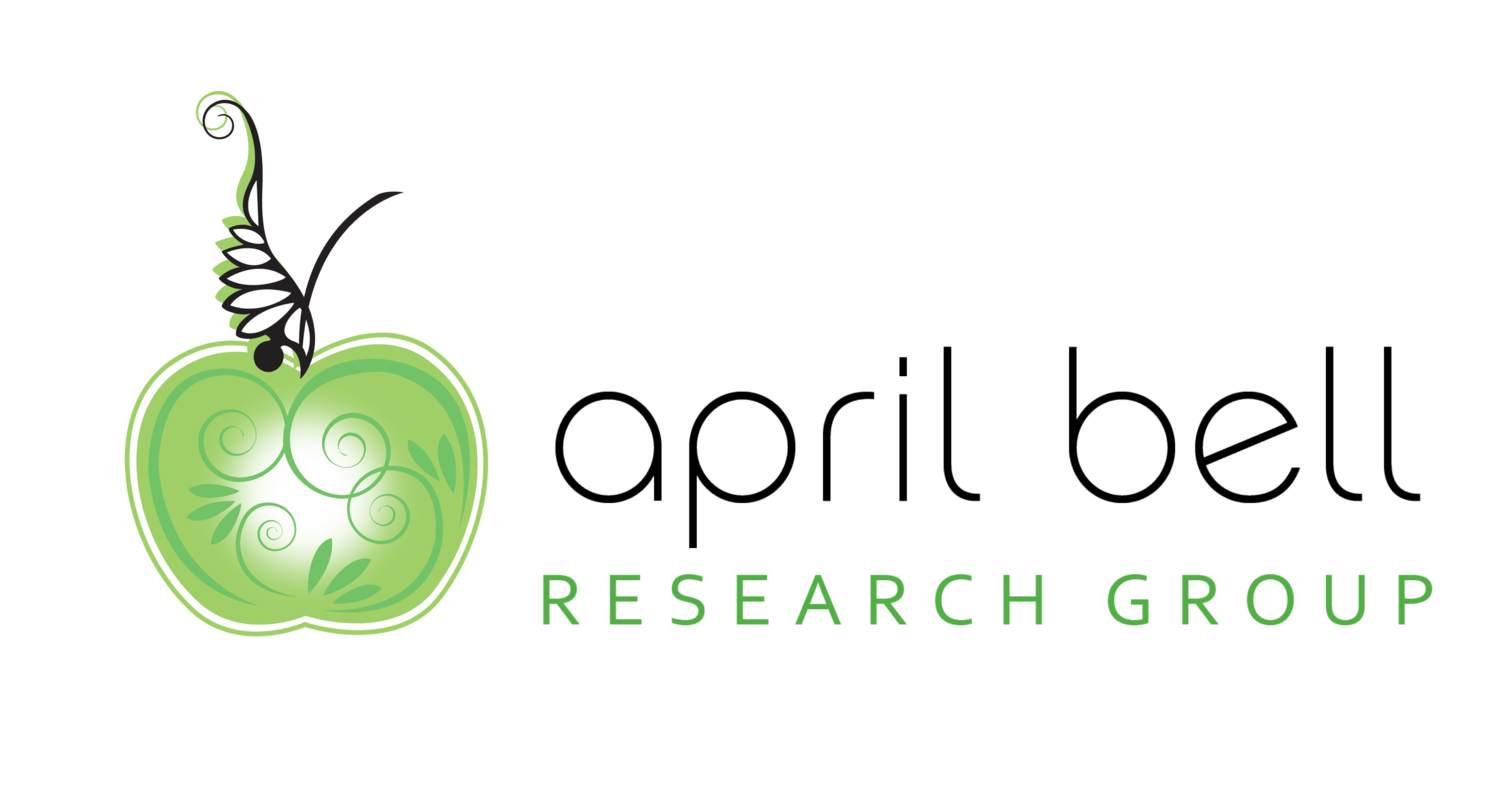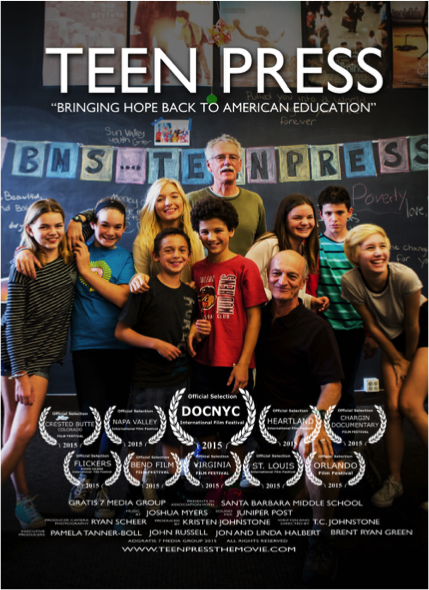Working for my wife has its challenges. In my last blog I talked about how it’s particularly fun when you quickly discover that your new role involves knowing the subtleties of what and how your wife likes her coffee. You will be getting a lot of that for her until you figure out how to bring in some bacon.
What’s positive about being married and working together is the flexibility. Although things get crazy at times and the ride is much less predictable, there is more flexibility in scheduling time off. Gone are the days when I had to disappoint her with the response that I can’t take an opportunistic four-day weekend, because I’ve used my corporate accrual allotment of vacation year-to-date. Like a lot of corporate terms, it’s hard to know what that means exactly but it’s safe to say that you’re screwed.
I’m learning to be more grateful for the times that we can sneak away.
So, in this post I wanted to simply make that point, and share some photos I took of our trip we took to Cancun for her “birthday week”. Thank you, Marriott reward points!
Enjoy!
Boy that water is a pretty blue.
And the sunsets are stunning above the sea
April was pretty darn relaxed
And able to spend quality time with Autumn
My daughter thinks she is Moana
And did her happy dance every day of the trip
April’s perspective:
When can I go back?












































